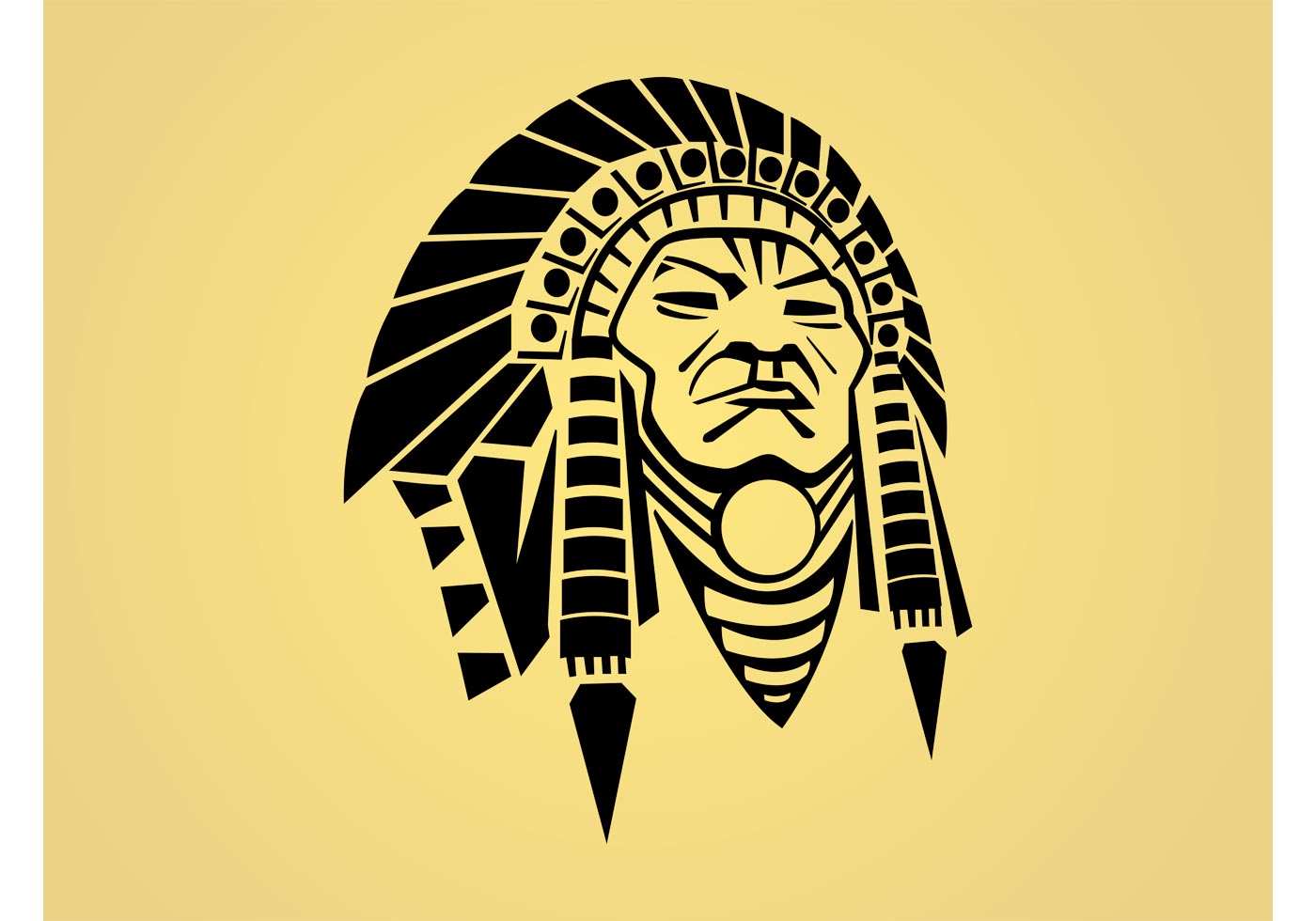DreamCatcher Financial Strategies, LLC humbly welcomes you. We hope that you find us in good spirits and in good health. Our goal is to provide our services to Native and Non-Native individuals whom may be looking for professional guidance on how to make money work for them. We want to help in a unique method that is simple, trustworthy, culturally sensitive and honest. We hope to assist our folks in our Native Communities better understand how the spirit of Money could work for us all. We’re also proud of the fact that our business model allows us to sit with folks at a very low to No-Cost platform.
May 03, 2018 Dreamcatchers and Medicine Wheels At Kachina House we carry a vast selection of Native American dreamcatchers and medicine wheels, handmade by artists from various tribes. Crafted and accented with natural mataerials, we offer unique objects of art and craft.
- Dreamcatcher Promotions is a 100% Indigenous owned and operated business offering high quality assured service to our customers from coast to coast. We have been in operation since 2012. Every day we help each of our customers express something about themselves, whether it is a.
- Dream catchers, which were created by an indigenous group of people living in North America called the Ojibwa, generally consist of a hoop with net or a web inside and hanging feathers and beads.
Article Origin
Large Dream Catchers Native American
Volume
Issue
Real Native American Dreamcatchers
Year
Page 19
Ten years ago one of the most popular and marketable Native crafts items was the dream catcher.
It is still popular, as evidenced by a Jan. 29-31 workshop at the Alberta Aboriginal Head Start conference in Edmonton. It was run by Bev Longboat, the executive director at the Niwasa (Little Ones) Head Start Program at Six Nations Reserve near Brantford, Ont., and by Alice Noah, originally from Walpole Island, Ont., but now living in Fort McMurray.

As the legend goes, according to Longboat, 'there was a very special woman who was responsible for the children. Her name was Spider Woman, a name likely given as was customary in Indian tradition.
'Her job,' said Longboat, 'was to web these dream catchers and hang them above a baby's cradle board while the infant was sleeping. As its popularity increased, however, it proved too much for Spider Woman to take on because she could not travel from one location to another and try to look after all of the children.
Dreamcatchers Hair Extensions
'So, at that time, she passed the webbing (technique) down to the aunties, grandmothers and the mothers, to look after the webbing for the children and the young.'
The dream catchers were made of willow.

'The little opening at the centre of the web allowed the good dreams to pass through and filter down through the feather(s) hanging from the dream catcher, and into the dreaming minds of the children. It was another stage of life that a child went through,' explained Longboat.
In constructing the dream catcher, she continued, 'significant was the number of points where the sinew was wrapped around the willow.
'In the original story,' she stated, 'there were eight points for her eight legs. Still others used seven points for the seven grandfathers or the seven prophecies. Some used five for the five sky shapes, some have used 13 as signifying the moons and some used 28 for the lunar months.'

As for the shape of the original dream catcher, 'it was made in a circle ? a representation of the sun that travels across the earth.'
But, it's not uncommon to find them in a tear shape.
'The traditional dream catcher,' she added, 'was between three-and-a-half and five inches in diameter. Any larger, it loses its significance, its traditional value or you could say, the power of the dream catcher itself.'
Over time, things about the dream catcher have changed. Things were added to it.
Noah mentions the significance of the three beads that were woven into a dream catcher. 'The three beads stand for our three fires ? the Potowotami, Ottawa and Chippewa Nations. So, when I do crafts, I put three of them on my work.'
While the number of feathers attached to a dream catcher may vary, some crafts people only use one to symbolize knowledge or wisdom.
'It's entirely up to you on how many you add on,' said Longboat. 'Just about everything you put on there has a significance, depending on the person doing the webbing.'
But before picking any willow(s), one should make a tobacco or cloth offering to the spirit world.
- 12411 views